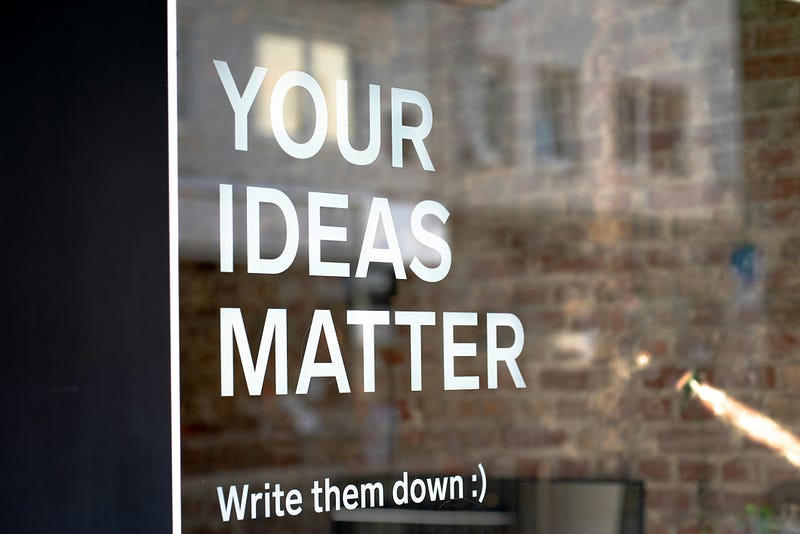“Yes…but.” — Saving ideas in their infancy
“Yes…but.” — Saving ideas in their infancy

Ideas are fragile. In an idea’s infancy, it doesn’t take much to do irreparable damage to it. This is why how we approach new ideas and the language used during an idea’s infancy is so important.
One of the biggest killers of an idea is the tendency to front load the idea conversation with all the reasons an idea can’t succeed.
“It won’t work. We wouldn’t be able to know ahead of time all the inputs necessary.”
“It won’t work. Processing time would take too long.”
“It won’t work. These two systems can’t talk to each other.”
All of these are examples of idea killers. But they’re only idea killers because of the wording and the way we deliver the objection. Imagine if instead, we approached the idea from a perspective of curiosity and a commitment to the idea. Let’s add a few simple words to these idea killers and see how they seem afterwards.
“Yes, but we’ll have to keep processing time to under an hour.”
“Yes, but we’ll need to figure out how to anticipate all the inputs.”
“Yes, but we’ll need to figure out how to communicate between these two systems.”
By just changing the way we speak and challenge the idea we’ve done a couple of things.
- We’ve noted the potential problem without killing the idea.
- We’ve aligned ourselves with the idea giver as an ally. We’re now working towards a solution together.
Being able to align yourself with the solution puts you in a completely different mindset in terms of how you approach a problem. It doesn’t mean that the problems presented aren’t real and they very well might be insurmountable. But now you’ve explored the idea, supported the idea giver and most likely have come up with alternative methods that partially solve the problem.
The “Yes, but” approach is increasingly more important in remote working environments. Text based conversations operate on a different level of social interaction. Text based conversations are devoid of the non-verbal communication we often give, even subconsciously.
Even though our texts are devoid of these non-verbal cues, our minds haven’t adapted to the fact that we’re not sending them. Text based messages go out devoid of the signals that might soften your communication style. Instead the recipient is stuck, interpreting your message with energy you may or may not have intended. This is particularly true of messages around ideas.
If a person is already timid about sharing their idea, any critical comments about the idea will be interpreted in the worst light. The simple action of “Yes, but” can help to align yourself and provide support for your team member while still bringing up real world challenges.
The literal worlds “Yes but,” don’t have to be used. The key is to do the following:
- Acknowledge and validate the idea.
- Address the problem as a solvable hurdle to the idea.
- Word things so that it is clear you plan on collaborating on the solution for the idea.
Just these three steps can help save a lot of ideas and help them get out of their infancy and into full-fledged solutions to help you and your team.